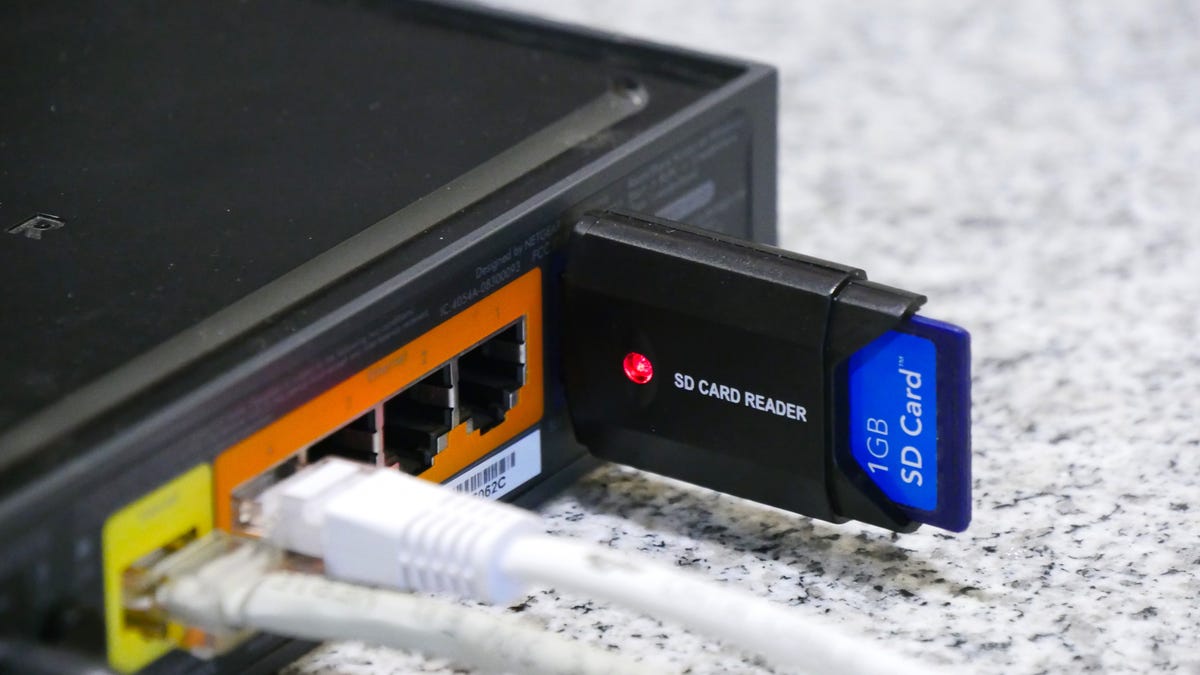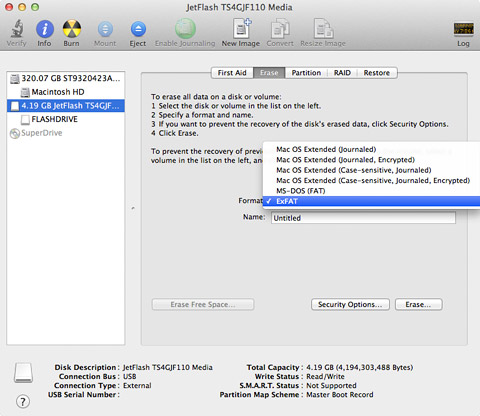

- #CONFIGURE HARD DRIVE FOR MAC FOR FREE#
- #CONFIGURE HARD DRIVE FOR MAC MAC OS X#
- #CONFIGURE HARD DRIVE FOR MAC INSTALL#
While these may be convenient, they are not the most recommended approach to managing the drive. Sometimes drives will come with special drive management software on them that will give you options for partitioning the drive and backing up your files to it. In addition, FAT32 drives usually come with the Master Boot Record partition scheme, which does not work with Apple's CoreStorage routines, and therefore will not allow OS-supported encryption of the drive (among other customizations).


Since FAT32 is readable and writable on both Windows and OS X systems, this is quickest way for a drive to work on each platform however, it does have some limitations, including the lack of journaling support that would help prevent data corruption, and lack of support for filesystem permissions. One of the first things to take into account is that the drive is likely preformatted to FAT32 instead of a more OS-specific format.
#CONFIGURE HARD DRIVE FOR MAC FOR FREE#
Enable writing to NTFS hard drives for free in Mac.When you first attach a new external hard drive to your Mac, it should mount and be ready to use however, before relying on it, consider first taking a couple of precautionary steps to ensure that the drive continues to work as expected.
#CONFIGURE HARD DRIVE FOR MAC MAC OS X#
While it won't enable NTFS write in Mac OS X by itself, FUSE is a necessary "building block" for pretty much any Mac driver that deals with third-party file systems (including the NTFS file system).
#CONFIGURE HARD DRIVE FOR MAC INSTALL#
However, the download process on Niresh's website is a bit convoluted, so it's up to you whether you want to try his new driver package, or just stick to the current method detailed in this guide (either way, the results are the same).ĭownload and install OSXFUSE on your computer. UPDATE (September 12, 2014): Niresh (Hackintosh Zone) has combined the 3 separate drivers listed in this guide into a single all-in-one NTFS driver package, which is quicker and easier to install. UPDATE (October 9, 2015): Yes, this still works on OS X El Capitan! You may have to update OSXFuse, but that's it. (Here at MacBreaker, we have a policy of avoiding the use of Terminal whenever possible.) This solution is compatible with every version of Mac OS X since Snow Leopard, including Lion, Mountain Lion, Mavericks, Yosemite, and even El Capitan. It's simpler, and you don't need to use Terminal. Despite these developments, however, we still recommend that you follow this guide and install third-party drivers anyways. Nowadays, you can actually just skip third-party drivers altogether by enabling Apple's native NTFS drivers through Terminal instead. This mini-guide merely repeats what we said in our last article about enabling NTFS write capabilities in Mac OS X, from back in 2012. Fortunately, you can enable NTFS writing on OS X with relatively little trouble- all it takes is a few drivers and 10 minutes of your time. Since many Hackintoshes dual-boot Windows and Mac OS X, being unable to share files between hard drives can lead to a lot of problems with file management. Attempting to drag a file into an NTFS drive in Mac OS X will only result in your mouse cursor turning into an error sign. Mac OS X can read files on NTFS hard drives, but it can't write files to them, which is a glaring omission. Windows uses the NTFS file system for its hard drives.


 0 kommentar(er)
0 kommentar(er)
